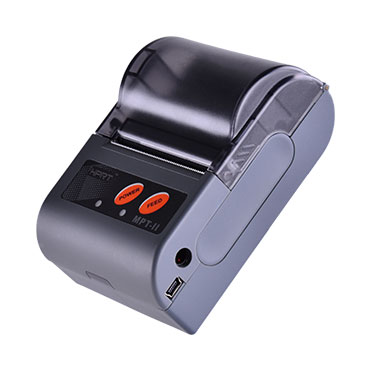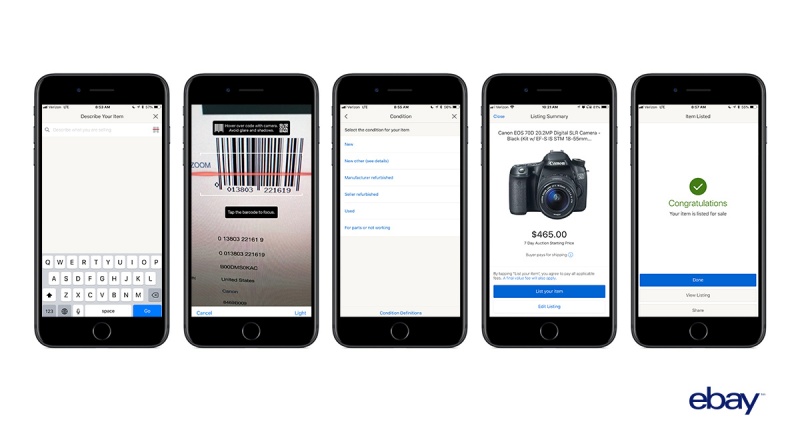

- Quickbooks sdk 13 technical overview how to#
- Quickbooks sdk 13 technical overview update#
- Quickbooks sdk 13 technical overview driver#
- Quickbooks sdk 13 technical overview code#
- Quickbooks sdk 13 technical overview download#
Quickbooks sdk 13 technical overview download#
I don’t know if I’ll have a download associated with this. I’ll post the other procedures and class modules soon. I have some other procedures that filter items out of these tables and I have a bunch of formulas that draw info out, but that’s the meat of it. Now that I have four collections filled with CAssembly, CPurchaseOrder, CRawMaterial, and CSalesOrder objects, I pass those collections to ‘Write’ procedures that loop through the objects and write tables to worksheets. I can get that value like I would a property of an object in Excel’s object model. This way, I have an object called Assembly which has a number of properties like the one called QtyOnHand. Setting up the class modules is a pain, but the alternative is checking the stupid objects for Nothing and using GetValue to get the values.

The procedures and the class modules will come in a future post. Each response is sent to a procedure that fills a collection with custom objects. Because I sent four requests, I should get four responses.
Quickbooks sdk 13 technical overview update#
There’s no callback so that I can update a progress bar either. Once my queries are completed, I send the request to Quickbooks and get a response back. I query all the sales orders from QB and pull out the loaners to create that table. My inventory on loan, for instance, is recorded as a sales order to a dummy customer. I end up with more tables in my workbook than requests because some of my tables are subsets of Quickbooks’ tables. I’ll post that procedure in a future installment. For each request, I create a AppendxxxxQuery, then pass it to a procedure that builds the query. For my purposes, I have four requests sales orders, purchase orders, inventory items, and inventory assemblies. Once I have a session up and going, I need to create the requests. I have to create a session, open a connection, begin the session, etc. The flow of the procedure starts with the standard Quickbooks stuff.

If Quickbooks had an “inventory location” feature, I wouldn’t need any of this, but they don’t. I need to have several tables of information to tell me how many pieces I have on hand, how many are out on loan, how many are in repair, how many are on order from vendors, and how many are due to customers. The purpose of this workbook is to manage inventory. The FollowHyperlink event is used to run this procedure when the hyperlink is clicked. Because it takes more than five minutes to run, I don’t want to run it if the information is fairly up to date. There’s a hyperlink on a worksheet that displays the last time this procedure was run. Also, the developer community is very active and helpful.įor my first installment, I’m posting my main procedure.
Quickbooks sdk 13 technical overview how to#
You may not like the way you have to do it, but you’ll know how to do it. In its defense, the SDK is extremely well documented. I didn’t want to spend all my time complaining about the SDK, although I can see that’s unavoidable.
Quickbooks sdk 13 technical overview code#
I wanted to put some code out there for other people who may want to do the same things. In addition to long code, everything runs significantly slower than ADO.
Quickbooks sdk 13 technical overview driver#
Currently, there is a third party ODBC driver that uses the XML request/response system. The correct answer is for Intuit to provide an ODBC driver that accesses the data directly. The result is that the code you need to write, compared to say using ADO to access a SQL database, is extremely long. I would prefer a Customer object with a Name property rather than a CustomerName object. It seems like it would have been just as easy to create a more robust object model that had real objects, properties, and methods. For every “property”, you need to test for the nothingness of object, then call it’s GetValue method.


 0 kommentar(er)
0 kommentar(er)
